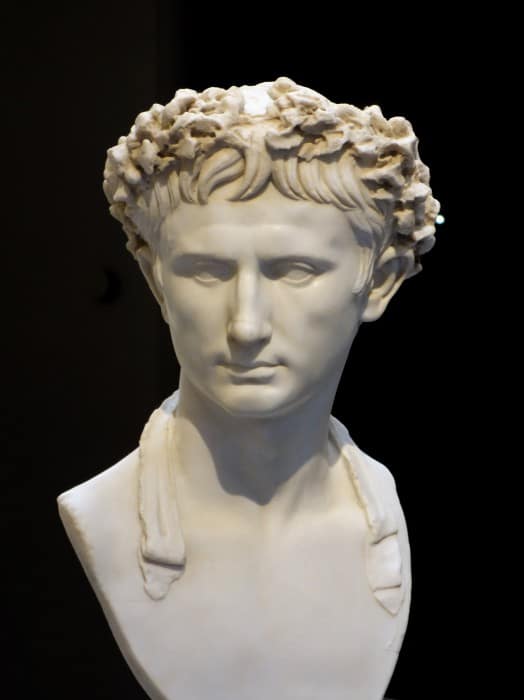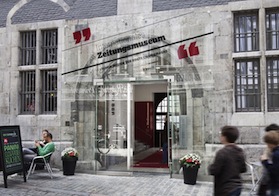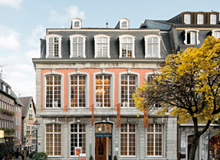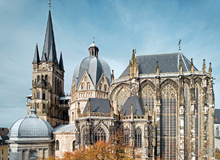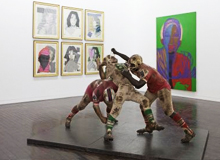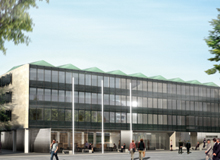Wanted: Augustus – The Roots of the Euregio
16.11.2014 - 11.01.2015Aachen, Maastricht, Heerlen, Jülich – how old are these cities? Were they founded by Augustus, the first Roman Emperor?
These are questions the ‘Euregional Vicus group‘ (Euroregionale Viscusgruppe) of scientists try to answer. The researchers – archaeologists, historians, museum experts from the German-Dutch border region – formed this group in 2012 on the initiative of Dr Karen Jeneson to study the Roman settlements that would later become these four modern cities.
On the occasion of the 2000th anniversary of the first Roman Emperor’s death, the scientist now present their preliminary results of their research in an exhibition,
‘Wanted: Augustus – The Roots of the Euregio’.
And indeed: We can be confident to claim that these four cities were indeed founded by Augustus. Most of the countless items on display at Centre Charlemagne’s temporary exhibition space (200 sqm) – ceramics, coins, fibulas, wooden artwork – date from the time of Augustus’s reign. This is also true for the exceptionally valuable back of the head of a small figurine found in Stolberg and which presumably depicts the emperor himself. Pieces of cutlery and drinking cups, oyster shells and stone fragments of a god of healing bear witness of the peacefulness of daily life at the four Roman settlements in the Rhine river hinterland, with the fortified garrison towns marking the border with Germania. In addition to these objects from the Roman era, but also investigates changing interpretations of this period.
The self-published German handbook “Fahndung nach Augustus. Suche nach den Wurzeln der Euregio: Maastricht – Heerlen – Aachen – Jülich”, 56 pages, is available at the ticket desks of participating museums at €5.00.
« The Art of Charlemagne
My Museum »
